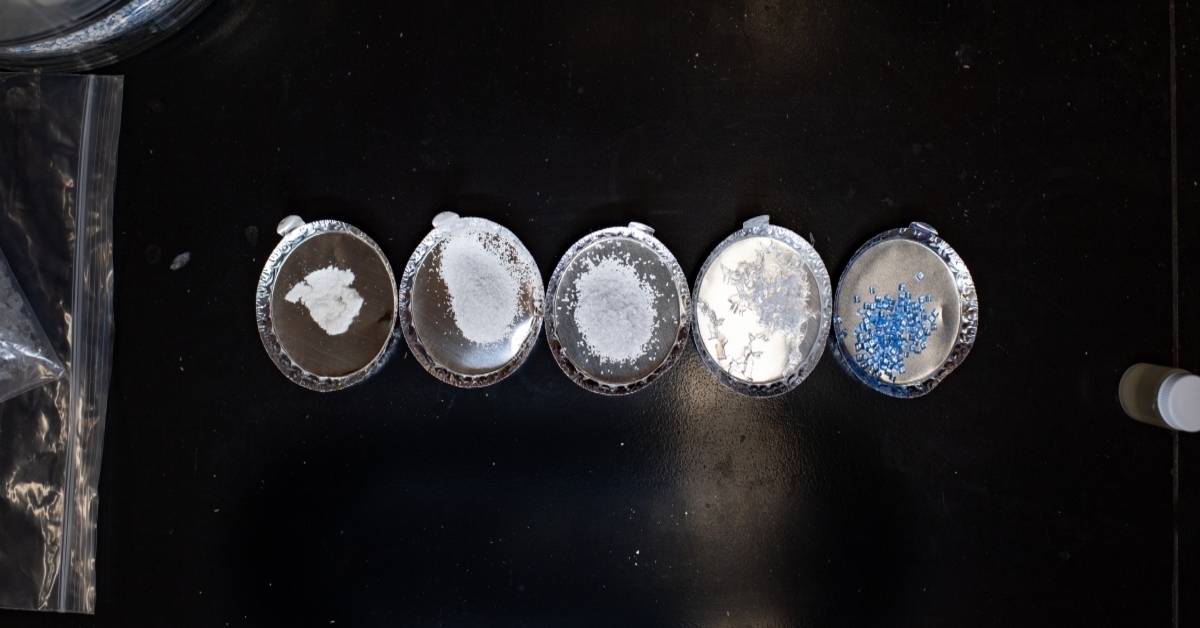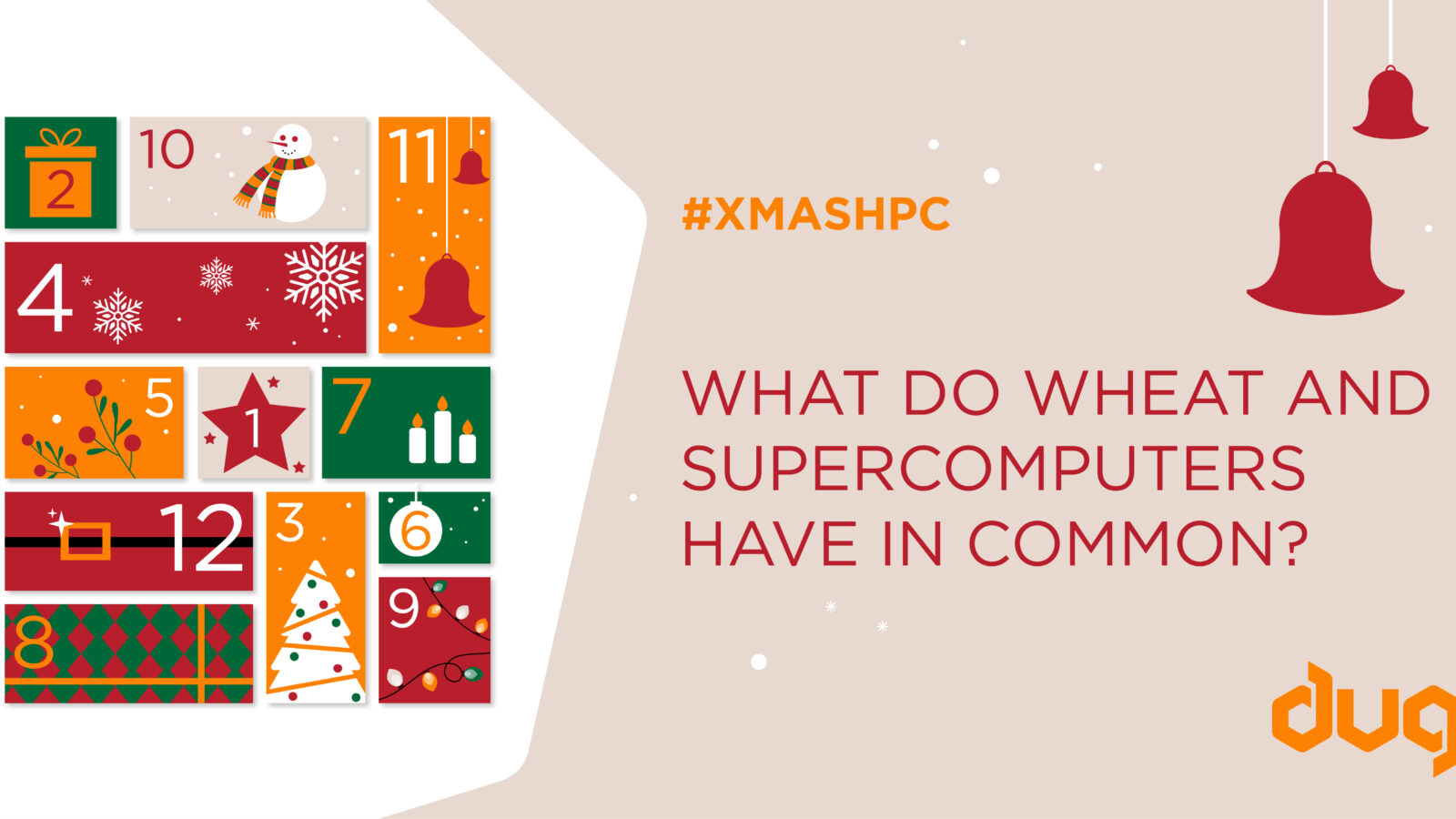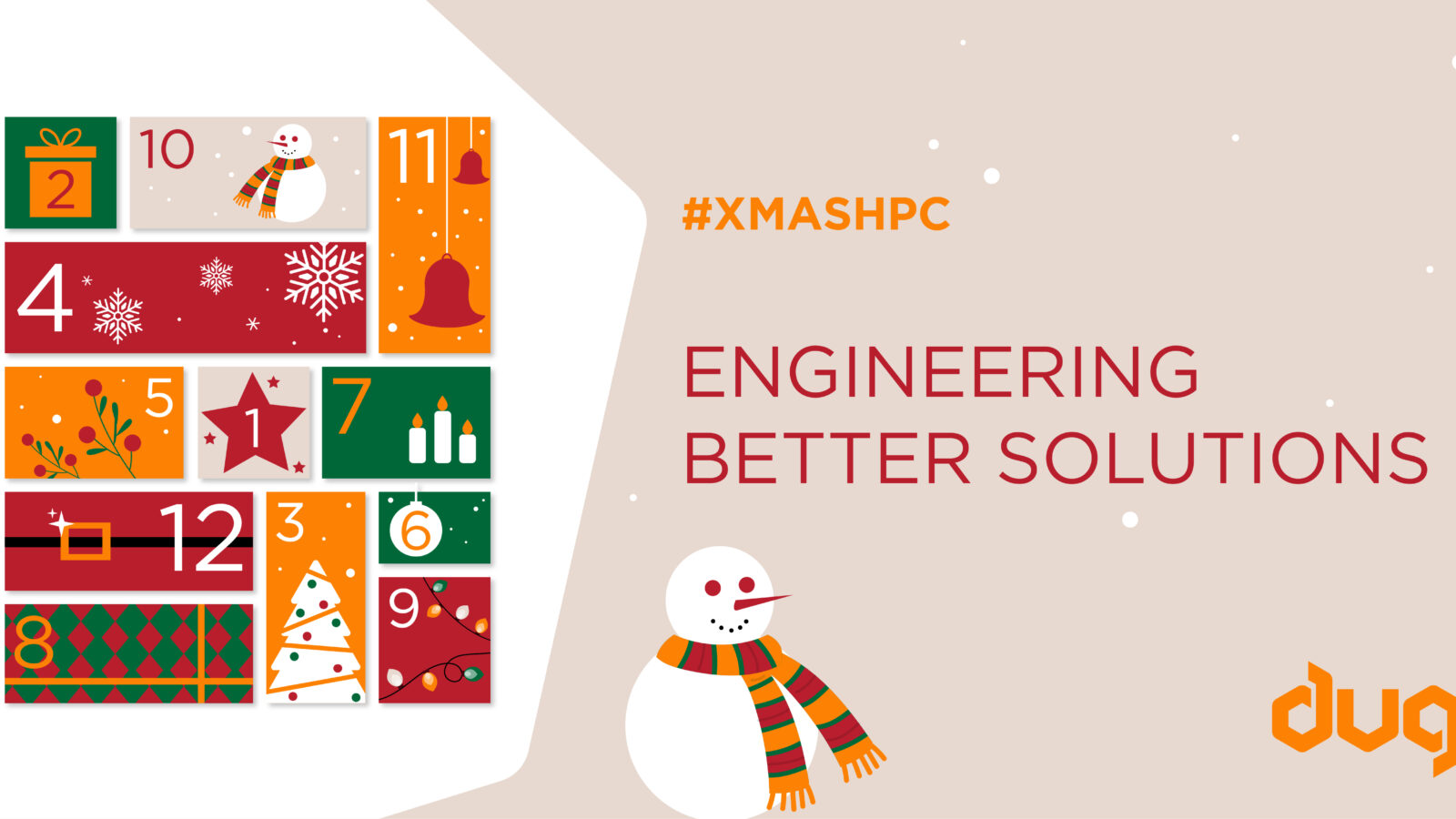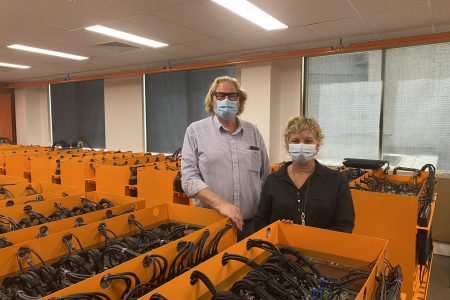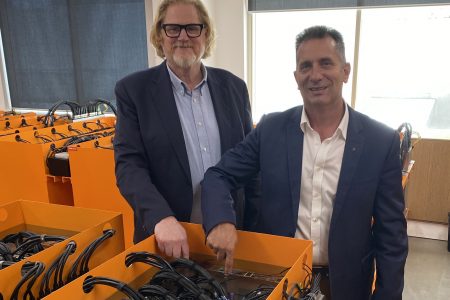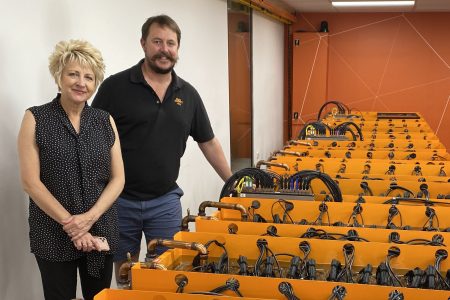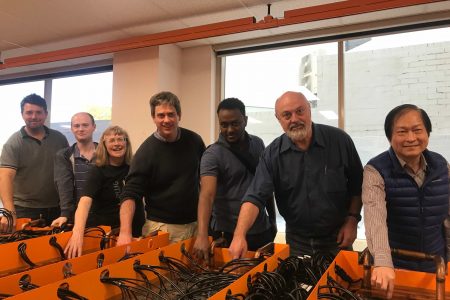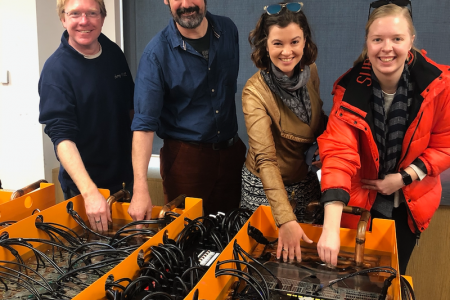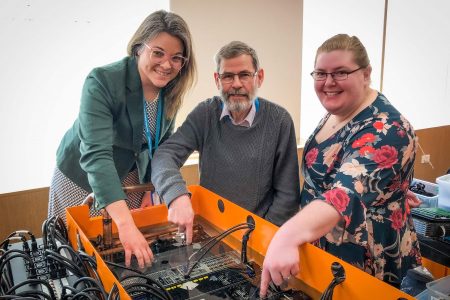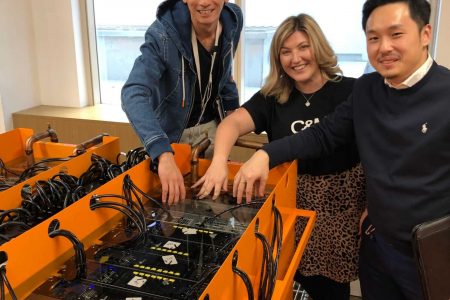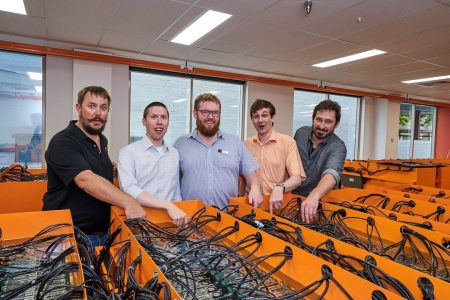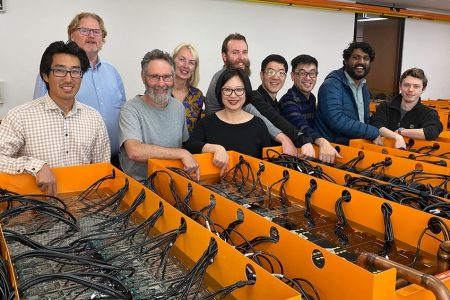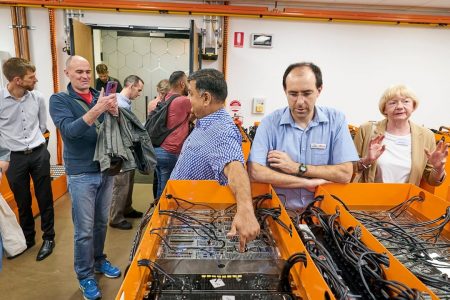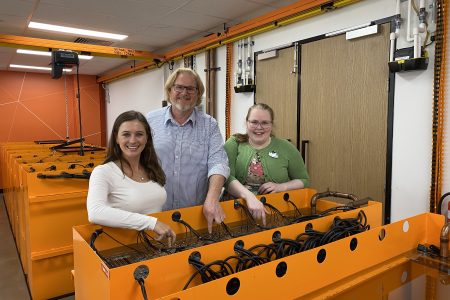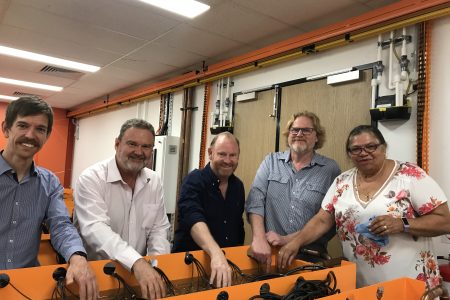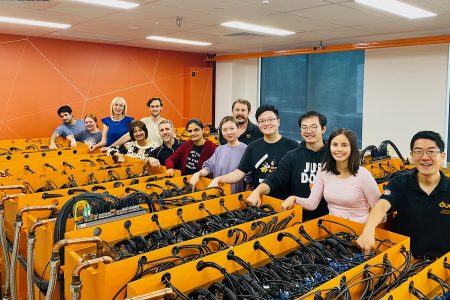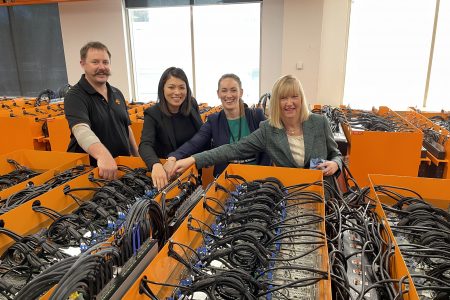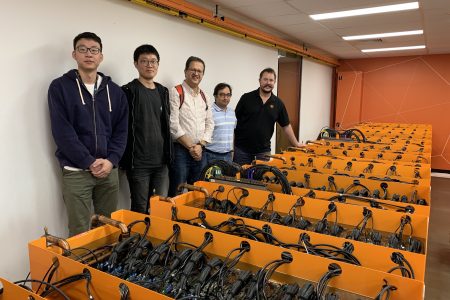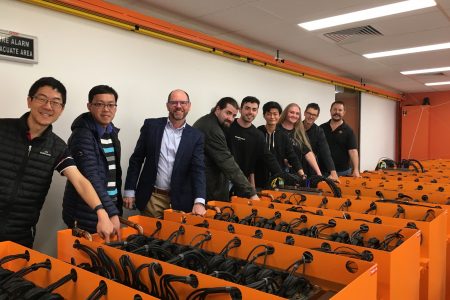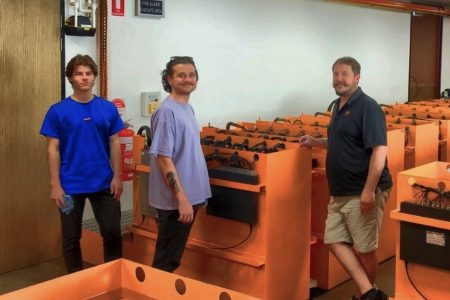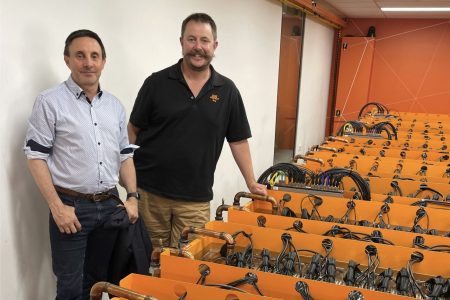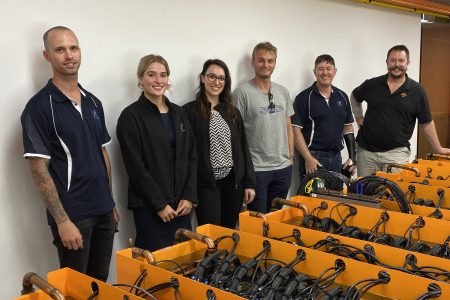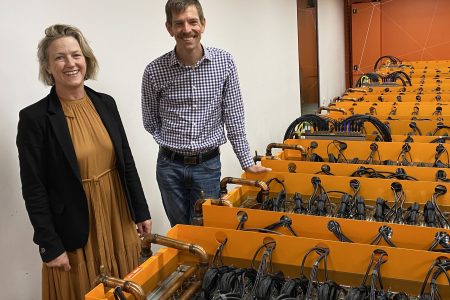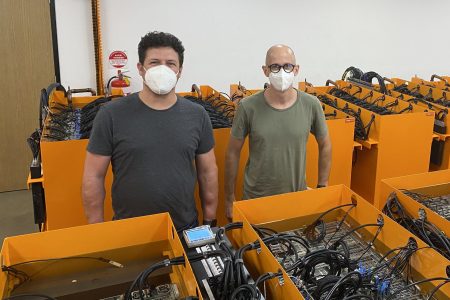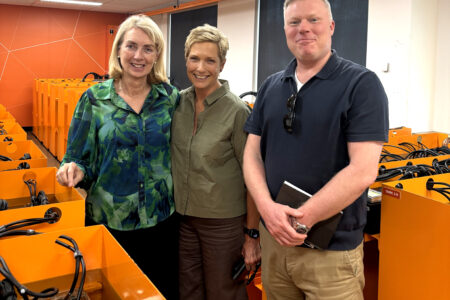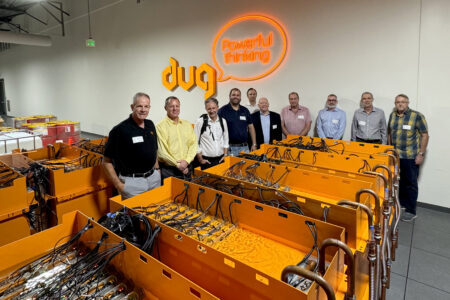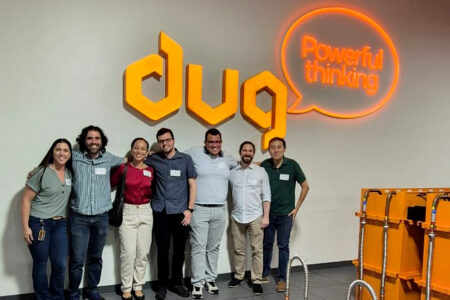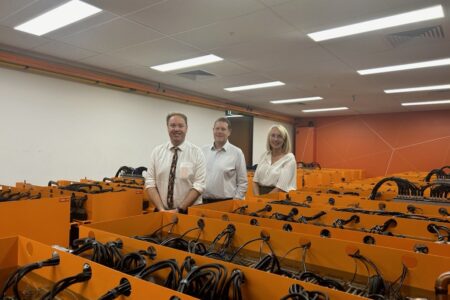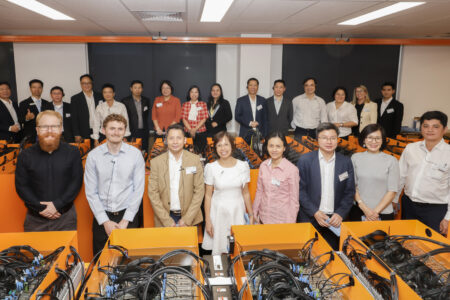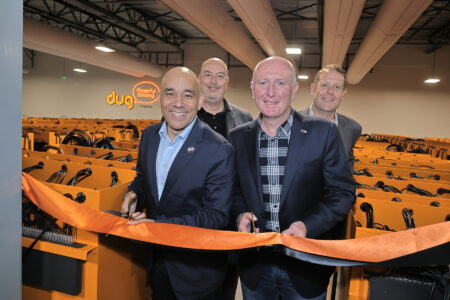It’s not breaking news that humanity has a critical plastic pollution problem. With over 8 million metric tons of plastic getting into the ocean every year, some deep-sea species have even evolved to contain plastic in their bodies.
Meanwhile, scientists are also scrambling to find innovative and creative ways to make our plastic problem go away.
We’ve seen how researchers managed to convert waste plastics into jet fuel and transform common plastics into flavour compounds used in the food and cosmetics industries.
Some have even enlisted cows to do the job for them!
But now researchers have come up with an even tastier solution: Plastics-to-food!
How is it done?
In a biological sleight of hand, Michigan Technological University’s Dr Stephen Techtmann, along with his research collaborator Dr Ting Lu from the University of Illinois Urbana-Champaign, aim to convert plastic waste and inedible plant wastes into edible protein using plastic-hungry microbes.
They first have to break down the plastic junk into more biodegradable compounds in a high-temperature reactor so that the bacteria can munch on them more efficiently. The deconstructed waste is then fed to a community of plastic-eating bacteria carefully selected by Dr Techtmann’s research team. These bacteria flourish on their plastic diet, producing more bacterial cells, which are roughly 55 % protein.
Dr Lu’s team then focuses on transforming the bacteria into chemical and biomolecular protein products with enriched nutritional contents – specific amino acids and polyunsaturated fatty acids.
The researchers also plan to see their nifty chemical acrobatics come to commercial-scale fruition – something like a mad scientist’s ‘food generator’.
Imagine a system where on one side, there’s a slot where the public could dump their plastic waste or non-edible biomass. The waste then goes into heated reactors to be broken down into simpler components, which then meet with a vat of microbes with a pang of serious hunger for plastic. The well-fed bacterial cells multiply at incredible speeds and part of them are then dried into powder for further processing into protein.
But the researchers will have to devise an extremely efficient way to differentiate and separate the various types of plastic wastes thrown in by people so that it doesn’t confuse the bacteria!
Big grants, big potential?
Their research was initially awarded $ 7.2 million last year by the Defence Advanced Research Projects Agency (DARPA), a US government agency credited with the invention of the mRNA vaccine, GPS, weather satellites, personal computers and the internet.
This groundbreaking research project has also recently been awarded the 2021 Future Insight Prize by Merck, a leading German science and technology company. With the new funding worth $ 1.18 million, the researchers will be able to pursue high-risk and high-reward lines of research that enables them to advance their work more rapidly.
It’s astonishing that microbes can thrive on unusual foods and in all sorts of strange environments.
It’s also great to see brilliant minds taking advantage of this phenomenon to solve real-world challenges like environmental contamination or food shortages.
But here lies the question: Would you eat food made by bacteria from plastic wastes?


